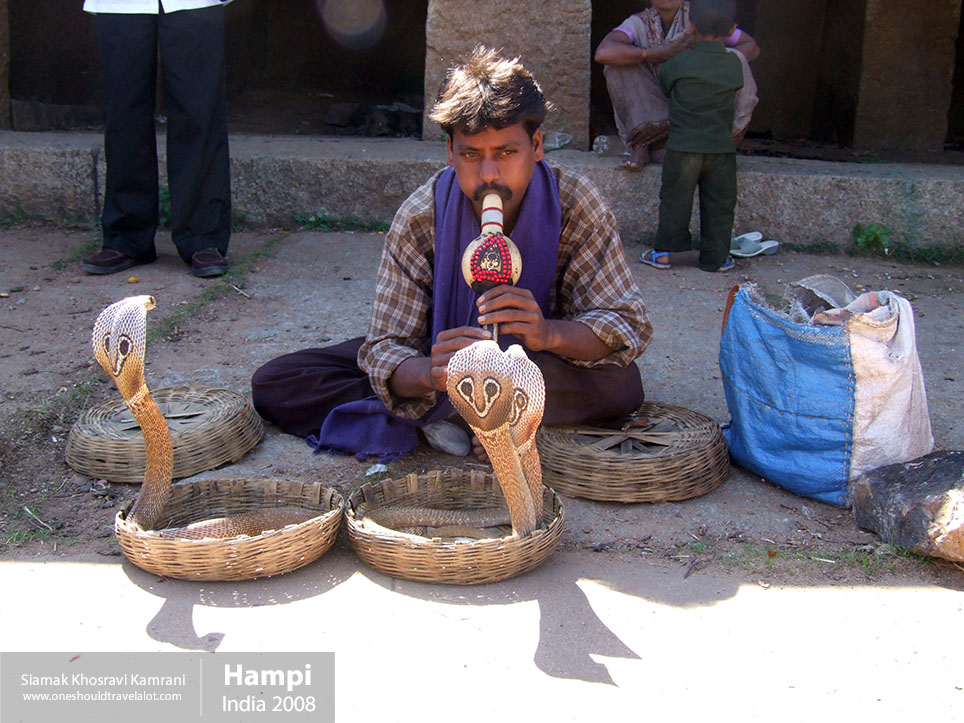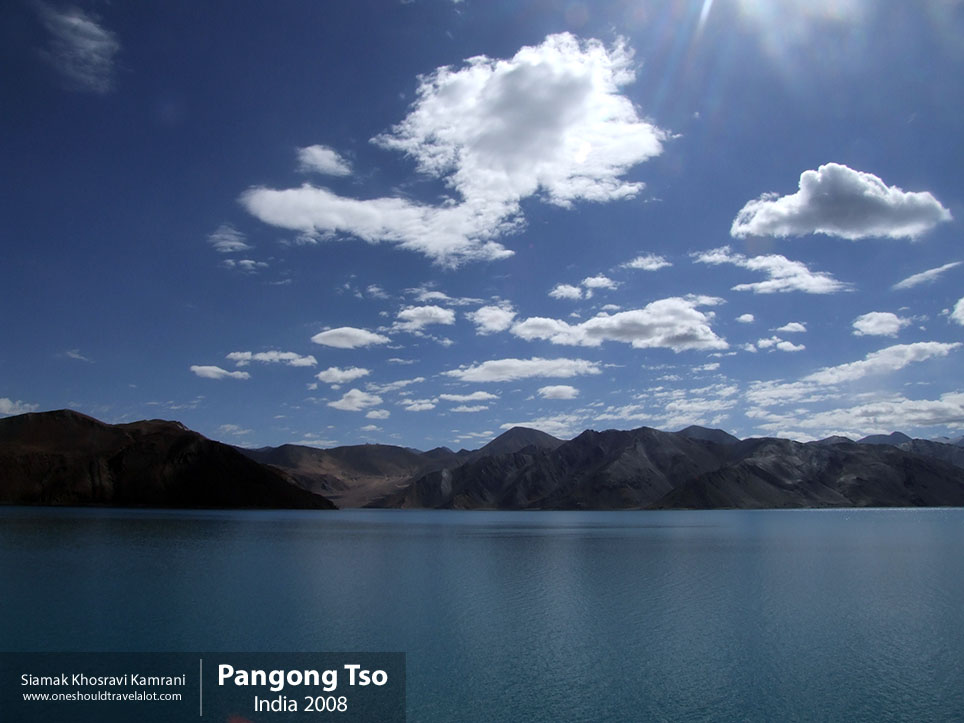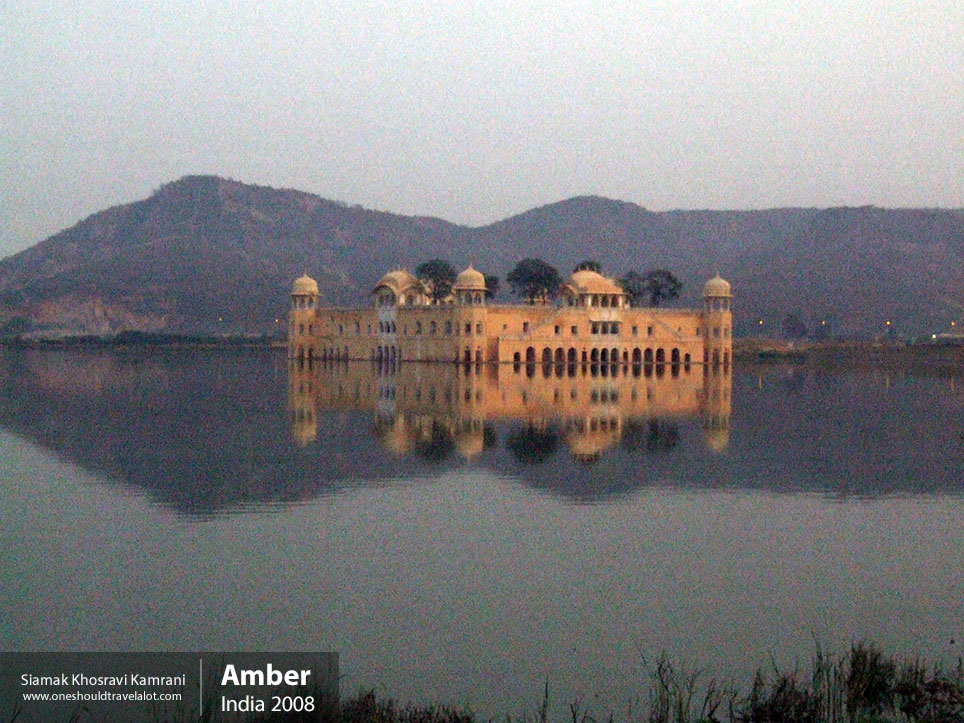Exploring Kaza: A Photographer’s Journey into the Heart of Spiti Valley
Nestled high in the Indian Himalayas, Kaza is the capital of the remote Spiti Valley in the state of Himachal Pradesh. This isolated town, perched at an altitude of 3,800 meters (12,500 feet), serves as a gateway to some of the most breathtaking landscapes and culturally rich experiences in India. For a photographer like me, Kaza is not just a destination but a canvas painted with nature’s most exquisite hues and the vibrant strokes of ancient traditions.
Arrival in Kaza: First Impressions
The journey to Kaza is an adventure in itself. As my jeep navigated the narrow, winding roads carved into the mountainsides, I was greeted by views that seemed to stretch into infinity. Towering peaks, deep gorges, and the occasional fluttering prayer flags welcomed me to this high-altitude desert. The crisp, thin air carried a silence that was both intimidating and awe-inspiring.
Upon arriving in Kaza, the first thing that struck me was the stark contrast between the harshness of the landscape and the warmth of the people. Despite the rugged terrain and the severe climate, the locals exuded a sense of hospitality and resilience. Their weather-beaten faces told stories of generations that had lived in harmony with this formidable environment.
The Pulse of Kaza: Culture and Daily Life
Kaza is a small town, and life here revolves around the main bazaar, which is a bustling hub of activity. As I strolled through the narrow lanes, I was captivated by the vibrant blend of modernity and tradition. The market was a riot of colors, with stalls selling everything from fresh produce to traditional handicrafts. Monks in maroon robes mingled with tourists, and the air was filled with the aroma of momos (Tibetan dumplings) and butter tea.
Language and Communication
The primary language spoken here is a dialect of Tibetan, reflecting the town’s strong cultural ties with Tibet. However, Hindi and English are also widely understood, making communication relatively easy for visitors. The local dialect, with its melodious lilt, added a unique charm to my interactions with the residents.
The Monasteries of Kaza
One cannot talk about Kaza without mentioning its monasteries, which are not just places of worship but also repositories of the region’s rich cultural heritage. The most notable among them is the Key Monastery, a short drive from Kaza. This ancient monastery, perched on a hill overlooking the Spiti River, is a labyrinth of dark corridors, ancient murals, and serene prayer halls. As I wandered through its sacred precincts, the sound of monks chanting and the smell of incense created a deeply spiritual atmosphere.
Photographing the Key Monastery was a surreal experience. The play of light and shadow on the ancient walls, the vibrant colors of the prayer flags against the stark mountain backdrop, and the serene expressions of the monks in prayer—all these elements came together to create a visual narrative that was both powerful and poignant.
Exploring the Landscape: A Photographer’s Paradise
Kaza’s surrounding landscape is a stark yet stunning expanse of barren mountains, deep gorges, and pristine rivers. Each day, I set out with my camera, eager to capture the raw beauty of this high-altitude desert.
The Spiti River
The Spiti River, which flows through the valley, is a lifeline for the region. Its turquoise waters, fed by glacial melt, contrast sharply with the arid landscape. One of my favorite spots was a small bridge just outside Kaza, where the river’s gentle flow reflected the snow-capped peaks, creating a picture-perfect scene.
The Villages Around Kaza
Kaza is surrounded by several small villages, each with its own unique charm. One such village is Kibber, one of the highest inhabited villages in the world. As I trekked to Kibber, the panoramic views of the valley below were simply breathtaking. The whitewashed houses, the terraced fields, and the ancient chortens (Buddhist shrines) stood in stark contrast to the barren mountains, creating a tableau that was both timeless and surreal.
Tabo Monastery
Another highlight of my trip was the Tabo Monastery, often referred to as the ‘Ajanta of the Himalayas.’ Founded in 996 AD, this monastery is renowned for its exquisite murals and ancient scriptures. The intricate artwork, depicting scenes from Buddhist mythology, was a feast for the eyes and the lens. The dimly lit halls, the flickering butter lamps, and the centuries-old frescoes transported me to a different era, making me feel like I was a part of history.
The People of Kaza: Portraits of Resilience
The true essence of Kaza lies in its people. Despite the harsh living conditions, the locals are incredibly warm and welcoming. I spent many evenings in the homes of the residents, sipping butter tea and listening to their stories. Their lives are a testament to human resilience and adaptability.
Traditional Attire
One of the most striking aspects of the local culture is their traditional attire. The women wear vibrant, intricately woven shawls and headscarves, while the men don thick woolen coats to protect themselves from the biting cold. Photographing these traditional costumes against the stark backdrop of the mountains was a visual delight.
Festivals and Celebrations
Kaza’s cultural calendar is marked by several festivals, the most notable being the Losar Festival, which marks the Tibetan New Year. Although I visited outside the festival season, the locals shared vivid descriptions of the celebrations. The town comes alive with music, dance, and elaborate rituals, reflecting the deep-rooted Buddhist traditions. I made a mental note to return during Losar to capture the festivities in all their glory.
Societal Conditions and Standard of Living
Life in Kaza is not easy. The remote location, harsh climate, and limited infrastructure pose significant challenges. However, the standard of living is gradually improving, thanks to increased tourism and government initiatives. The town now has basic amenities like healthcare centers, schools, and internet connectivity, which were non-existent a few decades ago.
Despite these advancements, the people of Kaza continue to live in close harmony with nature, relying on traditional farming and pastoral practices. Their deep respect for the environment is evident in their sustainable way of life, which offers valuable lessons in resilience and simplicity.



